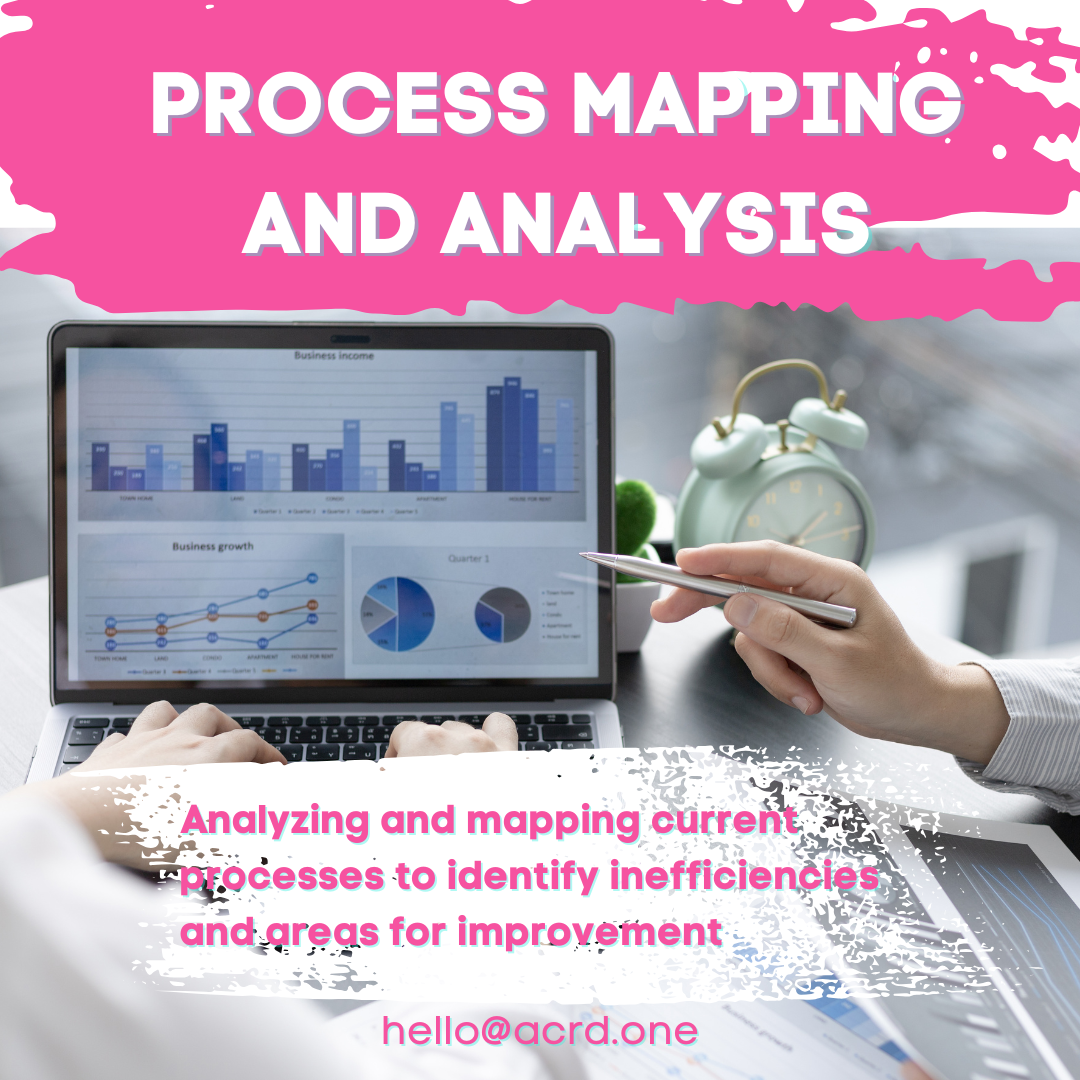Efficient workflows are the backbone of successful businesses. Process mapping is a strategic tool that helps visualize, analyze, and improve business operations. It allows organizations to identify bottlenecks, eliminate inefficiencies, and create streamlined workflows.
For businesses in Mangalore and Bangalore, process mapping is an invaluable resource for enhancing operational efficiency, reducing costs, and maintaining a competitive edge. This article explores the benefits, strategies, and actionable tips for effective process mapping tailored to the dynamic business environments of these cities.
What is Process Mapping?
Process mapping is a visual representation of the steps, activities, and decisions involved in completing a specific task or workflow. It provides a clear and concise overview of how processes function, enabling businesses to:
- Identify Inefficiencies: Locate redundancies, delays, and unnecessary steps.
- Improve Collaboration: Enhance communication and alignment between teams.
- Standardize Workflows: Ensure consistency and quality in operations.
Common tools for process mapping include:
- Flowcharts
- Swimlane Diagrams
- Value Stream Maps
Technical Tip: Use software like Lucidchart, Visio, or Miro to create detailed and collaborative process maps.
Why Process Mapping is Crucial for Businesses in Mangalore and Bangalore
In fast-growing urban markets like Mangalore and Bangalore, businesses face unique challenges, including high competition and rapid technological advancements. Process mapping helps businesses:
- Enhance Efficiency: Minimize waste and optimize resource allocation.
- Adapt to Changes: Quickly update workflows to accommodate new technologies or market demands.
- Improve Customer Satisfaction: Deliver consistent and high-quality services.
Technical Tip: Conduct regular reviews of your process maps to ensure they remain relevant and up to date with market conditions.
Key Steps in Process Mapping
A. Define the Objective
Begin by identifying the process you want to map and its purpose. This could range from improving customer onboarding to optimizing supply chain logistics.
Actionable Idea: Gather input from all stakeholders to ensure a comprehensive understanding of the process.
Collect Data
Understand how the process currently operates. Observe workflows, interview employees, and review performance metrics.
Actionable Idea: Use time-tracking tools like Toggl to measure the duration of each process step.
Create the Map
Visualize the process by mapping out each step in sequence. Include decision points, inputs, and outputs to provide a complete picture.
Technical Tip: Incorporate color-coding or labels to distinguish between different roles, tasks, and decision points.
Analyze the Process
Examine the map to identify inefficiencies, redundancies, or bottlenecks. Look for opportunities to streamline workflows and eliminate waste.
Actionable Idea: Use Lean or Six Sigma methodologies to guide your analysis.
Implement and Monitor Changes
Once improvements are identified, implement changes and monitor their impact. Update the process map to reflect the new workflow.
Technical Tip: Automate repetitive tasks using tools like Zapier or Monday.com to save time and reduce errors.
Benefits of Process Mapping
- Improved Productivity: Streamlined workflows lead to faster task completion.
- Cost Savings: Identifying and removing inefficiencies reduces operational costs.
- Enhanced Employee Engagement: Clear workflows improve employee understanding and accountability.
- Better Decision-Making: Process maps provide data-driven insights for strategic decisions.
Technical Tip: Use process simulation software like iGrafx to test proposed changes before implementing them.
Local Considerations for Process Mapping
For businesses in Mangalore and Bangalore, consider the following:
- Localized Processes: Adapt workflows to suit local customer preferences and regulations.
- Scalability: Design processes to handle increasing demands in these rapidly growing markets.
- Technological Integration: Leverage digital tools to modernize workflows and improve efficiency.
Actionable Idea: Partner with local consultants to gain insights into regional operational challenges and solutions.
Conclusion
Process mapping is a transformative tool for businesses aiming to enhance efficiency and stay competitive. By visualizing workflows, identifying inefficiencies, and implementing improvements, organizations can achieve streamlined operations and better outcomes. Businesses in Mangalore and Bangalore can leverage process mapping to meet the demands of their dynamic markets and achieve sustainable growth.
Call-to-Action:
Streamline your business operations with expert process mapping services from ACRD.one. Contact us today to optimize workflows and improve efficiency for your business in Mangalore and Bangalore.
Categories:
- Business Consulting and Growth
- Process Mapping
Tags:
process mapping, workflow optimization, business efficiency, operational improvements, process visualization, Lean methodology, Six Sigma, Mangalore businesses, Bangalore businesses, business consulting, workflow analysis, cost reduction, productivity enhancement, process automation

